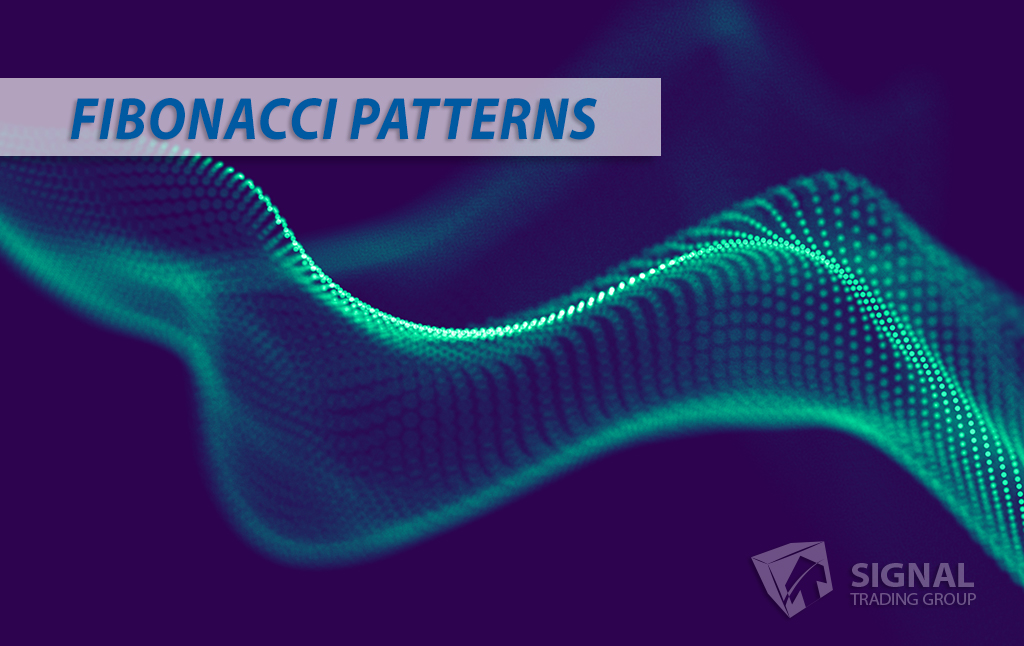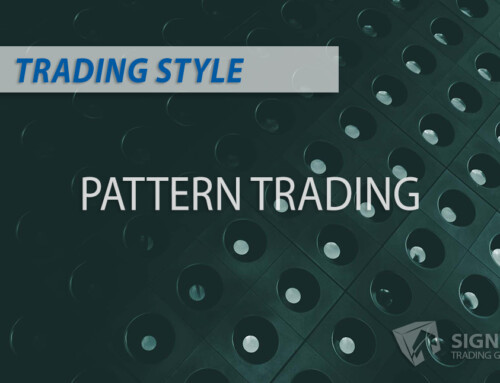The Technical Analysis 101 blog series is your guide to understanding trading concepts, price patterns, and technical indicators. Every post will focus on a specific topic to expand your knowledge and elevate your trading game.
The Golden Ratio: A Journey Through Time and Space
“Mathematics is the language with which God has written the universe.” – Galileo Galilei.
The Golden Ratio: a term that mystifies, enchants and inspires. From the greatest artists of the Renaissance to modern architects, the Golden Ratio has been used masterfully in creating stunning works that please the eye and captivate the mind. In this blog post, we shall embark on a journey to explore this fascinating mathematical concept, delving into its origins, its uses in various creative fields, and how we can incorporate it into our projects to achieve amazing results.
Defining the Golden Ratio
The Golden Ratio, often symbolized by the Greek letter Phi (Φ), is a constant approximately equal to 1.61803398875. It is derived by dividing a line into two segments so that the ratio of the entire line to the longer segment is the same as that of, the longer segment to the shorter segment – this ratio is the Golden Ratio.
The origins of this mysterious number can be traced back to ancient Greece, where mathematician Euclid mentioned it in his influential work “Elements.” However, researchers believe that the Golden Ratio may have been discovered even earlier, as apparent in the construction of the Egyptian Pyramids.
A Rich History in Art, Design, and Architecture
Art
Throughout history, the Golden Ratio has played a significant role in creating visually appealing and balanced compositions in the world of art. Leonardo da Vinci’s famous drawing, the Vitruvian Man, is one of the most well-known examples of the Golden Ratio in art. His fascination with the golden ratio led him to explore its application in human anatomy, nature, and even his iconic painting, The Last Supper.
Architecture
Numerous architectural treasures, such as the Parthenon in Athens and the Great Mosque of Kairouan, also display characteristics of the Golden Ratio. Even in modern times, the famous Swiss architect, Le Corbusier, used the Golden Ratio to create a visually harmonious system of proportions in his buildings, based on the Modulor Man.
Design
In contemporary design, the Golden Ratio has been employed in various forms, such as the Rule of Thirds in photography, the Fibonacci spiral in graphic design, and web design to ensure visually appealing layout structures. The pervasive nature of the Golden Ratio is thanks to its ability to generate a sense of balance and harmony in our perception.
Calculating and Applying the Golden Ratio
To start utilizing the Golden Ratio in your work, the simplest method involves using a calculator to find the value 1.61803398875, then applying this number to the dimensions of your objects, canvas, or design. However, there are various ways to achieve the golden ratio, such as the Fibonacci Sequence, the Golden Spiral, Golden Circles, and the Golden Rectangle.
Tips on Using the Golden Ratio in Your Projects
- Visualize: Familiarize yourself with the appearance of the Golden Ratio. You can intuitively infuse it into your artwork, design, or architecture by recognizing its balance and harmony.
- Implement Fibonacci Spirals: If you’re working on a composition, this spiral will help you achieve the layout of the Golden Ratio guides. It works incredibly well in photography, product design, and graphic design.
- Employ Scaled Objects: In a design, you can use objects in the ratio of 1:1.618 to create a visually pleasing composition.
- Make Use of the Golden Rectangle: It’s easy to incorporate it into a design by creating rectangles based on the ratio of 1.618 and then adding different elements inside them.
- Explore and Experiment: Don’t be intimidated by the Golden Ratio; it’s ultimately a tool, and you should find creative ways to incorporate it into your projects.
The Golden Ratio is one of the most enduring mysteries in mathematics that fascinates us. Understanding its significance and learning how to apply it to your projects can be a great way to explore its potential and add an extra layer of beauty and harmony to your work. With these tips, you’ll be ready to create beautiful compositions guided by the Golden Ratio!



